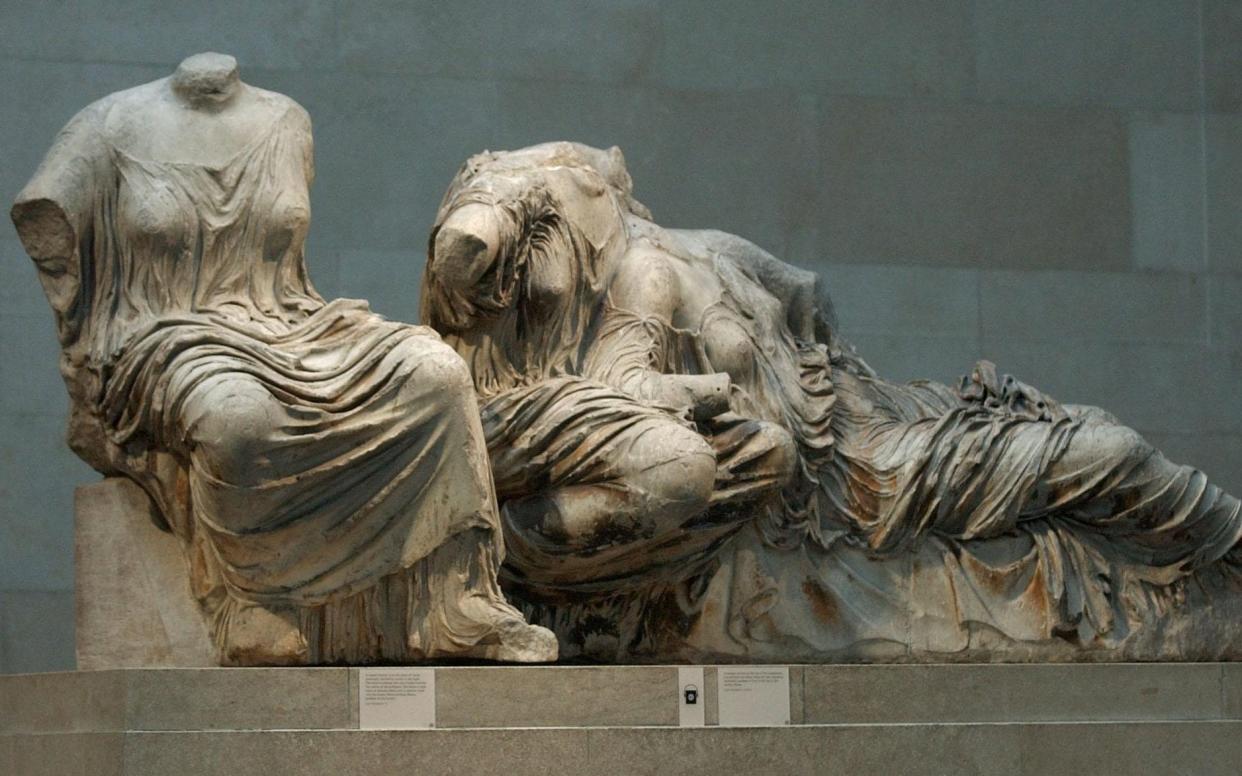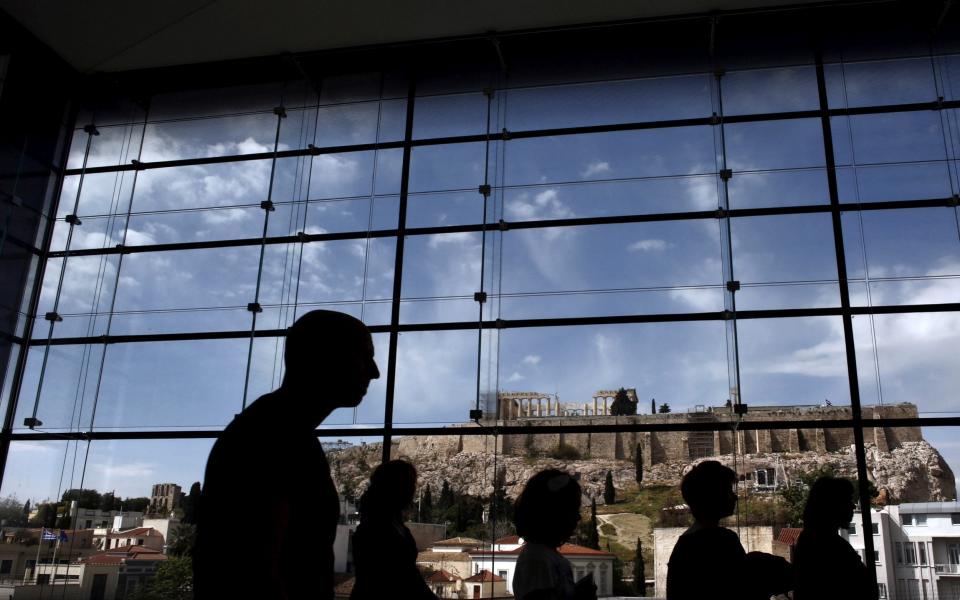The Elgin Marbles don't 'belong' to Greece – they belong to us all

Have you ever visited the Acropolis Museum in Athens? It is a marvellous place. As you ascend a ramp and file up through its sunlit floors, you move from “Archaic” art to that crucial turning point described by E.H. Gombrich as the “Greek Revolution” – when naturalism, as we know it, emerged at the beginning of the 5th century BC, and “Classical” art had arrived. Not long afterwards, the Greek sculptor Phidias oversaw the rich sculptural decoration of the Parthenon, which was raised as a temple to the goddess Athena on an outcrop above the city.
Today, around a third of those sculptures are beautifully installed inside the museum, a stone’s throw from that “sacred rock”. Look through the window, and the ruinous Parthenon looms above. Standing there, it seems self-evident that the third of the Parthenon’s sculptures in the British Museum should be returned to Greece, where they belong. Right?
Well, that’s what I used to think – but, now, I’m not so sure. Because, recently, that hoary art-world dilemma – should we give the “Elgin Marbles” back? – has become enmeshed in a bigger, more complex debate about the “restitution” of stolen or looted works of art, especially those removed during the era of colonialism. As a result, the conceptual bedrock on which “encyclopaedic” institutions such as the British Museum were founded risks being undermined, even destroyed.
Currently, most museums in Britain stonewall requests to return lost or looted works of art to their countries of origin, unless the works in question were, say, stolen by the Nazis. At the same time, they make high-minded arguments in favour of the status quo – which, of course, they have a vested interest in maintaining.

Personally, I believe we are witnessing a paradigm shift in how museums operate. The direction of travel is clear. Demands for restitution aren’t about to go away, and future museum directors in Britain will eventually succumb. Their colleagues in France are already being compelled to do so by President Macron.
As it happens, I also believe that, in a handful of cases, the moral argument for restitution is compelling enough to warrant action now: the example of the Benin Bronzes springs instantly to mind. Proceeding cautiously, on a case-by-case basis, should avoid our museums being “drained”.
Yet, I do not think that the Parthenon Marbles fall into this category.
Sometimes, advocates for their return advance their case with legal arguments. Lord Elgin, Britain’s ambassador to the Ottoman Empire, stole the Marbles illegally, they claim. But this is far from cut and dried. To demonstrate that he did so involves getting to grips with 19th-century Ottoman law. That’s tricky enough, but, to compound things, the necessary evidence is fragmentary. Moreover, Parliament sanctioned Elgin’s actions.
As a former director of the British Museum put it to me recently, you can’t just raise the illegality of the removal of the Marbles, you must prove it – and good luck doing that. As I understand it, despite the best efforts of human-rights lawyer Geoffrey Robertson and his colleague Amal Clooney, whom the Greek government invited to consider the case, irrefutable proof that Elgin acted illegally has yet to emerge.
So, any petition about the Marbles becomes an ethical and diplomatic matter. And here, too, we enter a quagmire. At the core of the issue, though, is a single, fundamental question about inheritance: who owns the past? If it can be demonstrated – proven – that, when a specific cultural artefact was removed, blood was spilled, a war crime committed, then, fine: let’s talk about returning it.
Too often, though, the argument for sending something back rests – flimsily, in my view – on assertions of national identity. Do some Greeks long for the Marbles in Athens because their return would heighten our appreciation of ancient art? No doubt. But do others want them back because they believe they will bring glory to their country and bolster Greece’s standing today, in 2020? You bet. Thus, the sculptures are distorted and reduced to a talisman of national prestige.
Can my contemporary in Athens claim greater kinship with, say, the astonishing Horse of Selene from the Parthenon’s east pediment, which, for the past two centuries, has existed in London? I’m not convinced they can. The afterlives of artworks are important, too, and shouldn’t be dismissed.
These days, it’s unfashionable to aspire to be a “citizen of the world”. The greatest masterpieces, though, transcend national boundaries: in a very real sense, they “belong” to us all. These aren’t just empty words. For me, nationalistic arguments in favour of returning works of art rarely cut it. Let the Marbles stay.

